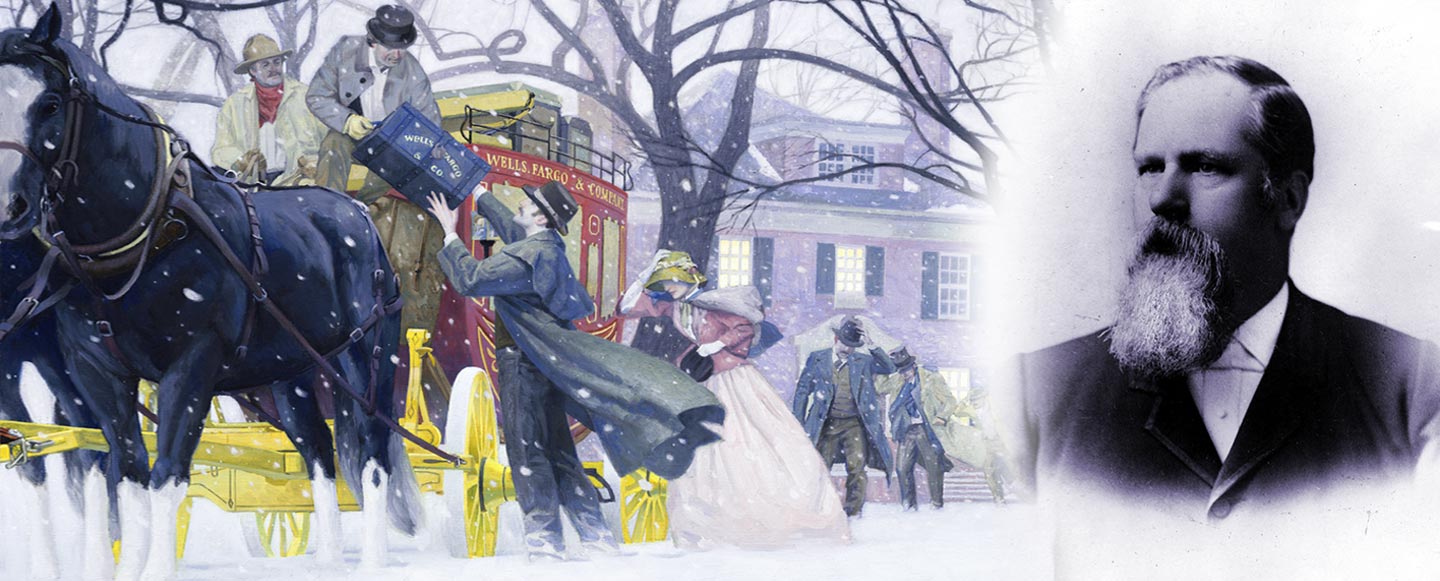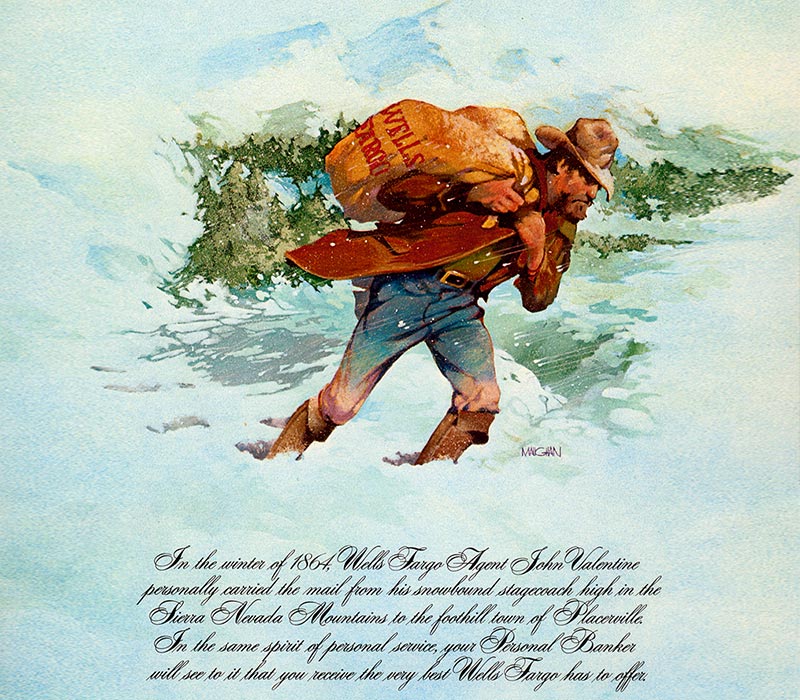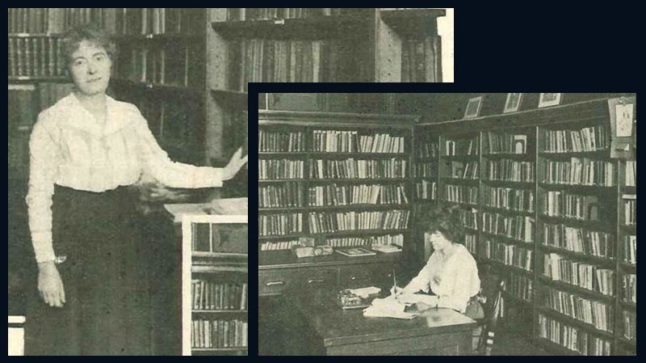Our “culture of caring” origin story

Wells Fargo agent John Valentine boarded a stagecoach in Virginia City, Nevada, one wintry day in 1864. Like the other passengers, he was nervous about the weather. It was snowing, and blizzards had been known to render mountain roads impassable, keeping the stagecoach from rolling between California and Nevada.
Valentine was determined not to let that happen. While Valentine was just a passenger on this trip, as the Wells Fargo agent in Virginia City, he understood the stagecoach connected a vast network of Wells Fargo offices. Mail, money, and newspapers traveled from office to office by stagecoach in a great relay race. Under the oversight of Wells Fargo agents, everything got to its destination faster. At the time, Wells Fargo delivered more mail to western communities than the U.S. Postal Service.
The horses pulled the stagecoach through deep snowdrifts until they became impossibly high, and the driver eventually had to stop. As a fire built by the side of the road kept passengers and horses warm, the Wells Fargo messenger announced he would head back to the last stop to get shovels and extra hands to help dig out the stagecoach and turn it around.
Valentine heard this and turned away from the warm fire. Although the stagecoach couldn’t continue, he could go forward himself. Valentine had helped put the mail from other offices into a bag in Virginia City. He had seen the handwritten notes on the envelopes. He knew that people from California to Hawaii were waiting for the messages now riding on the stagecoach with him.

He picked up the bag of mail, balancing it on his shoulder, and started walking out into the snowy road, traveling all day. That night, Valentine walked into the Wells Fargo office in Placerville, California, and delivered the bag of mail with each piece intact.
Creating a “culture of caring”
Valentine’s dedication to his duties and his awareness of the vital role Wells Fargo played in the lives of its customers led to a series of promotions throughout his career. He oversaw the evolution of the company from a regional to a national enterprise, with offices in thousands of towns across the U.S. and around the world.

As an example of his leadership, Valentine wrote in written instructions to agents in 1888, “The most polite and gentlemanly treatment of all customers, however insignificant their business, is insisted upon. Proper respect must be shown to all — let them be men, women, or children; rich or poor; white or black — it must not be forgotten that the company is dependent on these same people for its business.”

Valentine’s employees and customers credited him with building something bigger than a bank — for creating a culture of caring and the “can do” spirit that became synonymous with the name Wells Fargo. In 1892, the board of directors unanimously appointed him president of Wells Fargo.
Charles A. Moody from Out West Magazine wrote about Valentine in 1902: “Not only did Mr. Valentine’s broad and tender sagacity inspire in greater or lesser degree every servant of the company — it made of the corporation itself a live thing, not lacking heart, mind, or will.”



